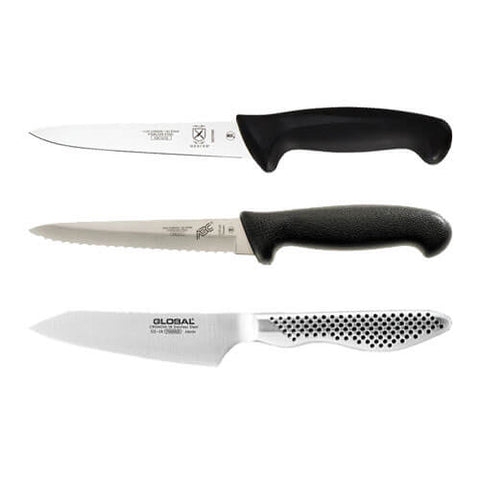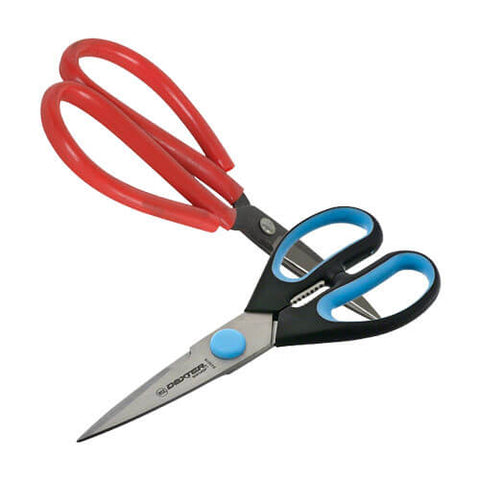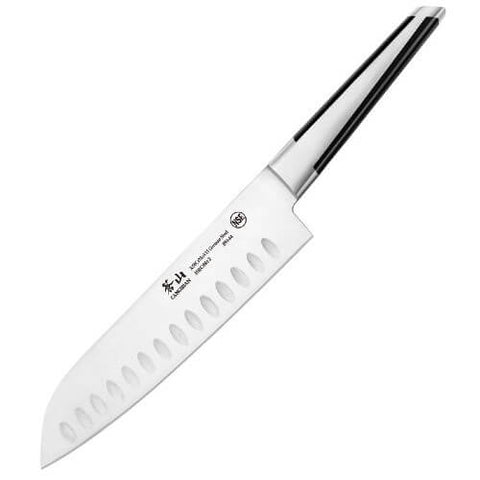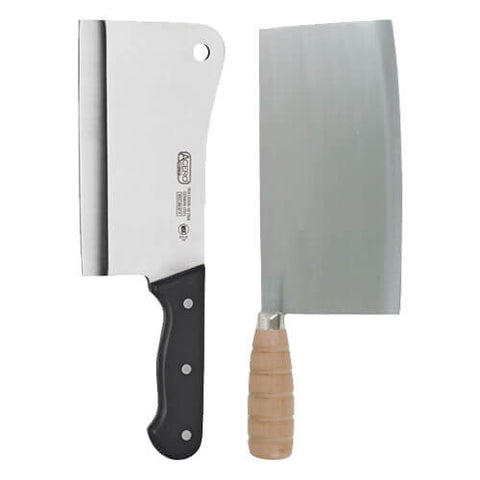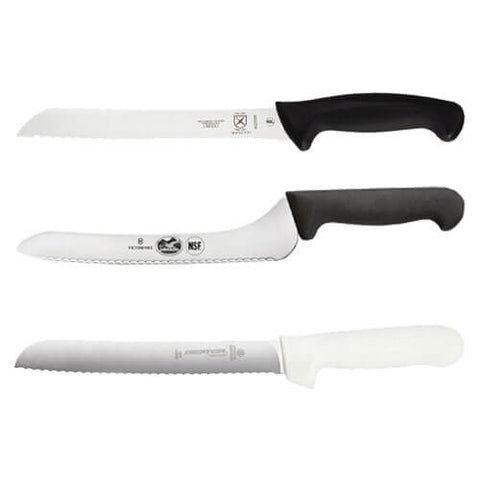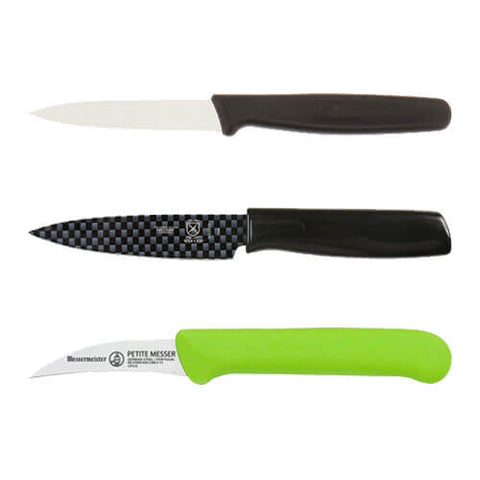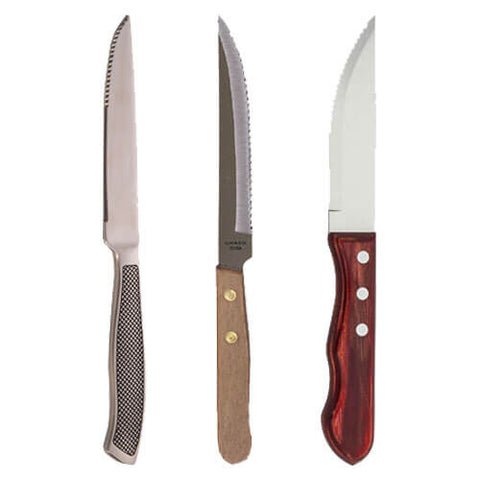The Professional Knives your Chefs Need
Knives are an essential piece of cutlery for chefs. No matter the skill level, if a chef is equipped with the wrong knife, it can completely destroy the outcome of the food. There are so many different types of knives that a chef can have, and each has their own individual use. From standard chopping to peeling, there’s a different knife for everything. Let’s break down the most popular knives and their uses.
Standard Chef Knife Types
These knives are a standard in most kitchen. These four chef knives can create a high-performing professional knife set that can accomplish most basic cooking tasks.The Chef’s Knife (French Style)
The Utility Knife
The utility knife is essentially a condensed chef’s knife. Its smaller blade ranges from 4-7 inches in length and typically comes straight. Utility knives can also be serrated to make slicing smaller vegetables and meat a bit easier.Kitchen Shears
Kitchen shears aren’t commonly in the knife category, but they should be. Shears can be used to accomplish more than just cutting. These scissors are made with extra sharp blades that can help with creating garnishes from herbs, plants, and even help cut vegetables as well.The Santoku Knife
The Santoku knife is a bit thinner and shorter than a chef’s knife, and is typically flat. The flat bottom does not allow for rocking on the cutting board, which can make it a less used option than the chef’s knife. The blade on this knife often is created with divots. These divots create air pockets that give the chef an easier time cutting through meats and other sticky materials. These knives are best for jobs that do not require specific size or style of cuts.
Specialty Chef Knife Types
There are always a few professional knives for chefs that can be used for specific cooking needs. Often, these are found in commercial kitchens but used less than the knives listed above.
Boning Knife
A boning knife has a blade that is thin and points upwards at an angle. This knife is mainly used to trim fat and silver skin off red meat. It is also used to separate the bone from the meat when cutting fish, red meat, and poultry. The pointed tip can assist in peeling and plucking foods while the thin blade can trim and slice with precision. Boning knives can be stiff or flexible, straight, or curved depending on the product and user preference.
Cleaver Knife
Cleaver knives are large, bulky knives that have a weighted handle. These heavy-duty knives are used to cut through bones and other thick, rough foods. The wide, heavy blade makes it ideal for pulverizing cooked or uncooked meat, poultry and fish, and crushing garlic as well.
Bread Knife
Bread can’t be cut with just any knife. Well, it can, but it will take the chef more time than it would with a bread knife. This style of knife is crafted with a deeply serrated edge, which helps dig into hard and soft breads with ease and rip through them. These blades are typically long to ensure there is enough blade to get through all different sizes of bread. They come in straight or off-set versions. Off-set bread knives are perfect for cutting sandwiches.
Paring Knife
When cutting small product like cherry tomatoes for example, a serrated paring knife is the best tool for the job. The paring knife is short and gives the cook the control they need to make precise cuts quickly and efficiently. A serrated 4’’ paring knife is a bartender’s best friend to prepare their citrus garnishes.
Steak Knife
Steak knives are another deeply serrated knife that are often found in the kitchen. The serrated edges grip onto the surface of meats and even foods as light as lettuce for quick and easy cutting. Mainly used by the diners, back of the house would slice their food with a chef’s knife, scimitars and slicers, not a steak knife.
Caring for Knives
These knives should be handled with care, and should only be handled by trained professionals. Keeping these standard and specialty knives in the possession of your cooking staff only is imperative for the health and safety of your entire staff. Keep them sharp, and clean them thoroughly and put them away when the job is done. The cooking staff should keep track of kitchen cutlery at all times. It is important to know that these knives should never be found in dish pits or compartment sinks to avoid hospital visits for your dishwashers and stewards.




















